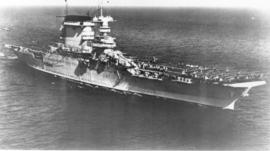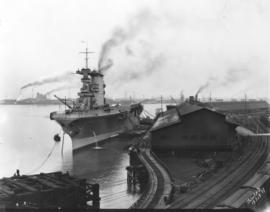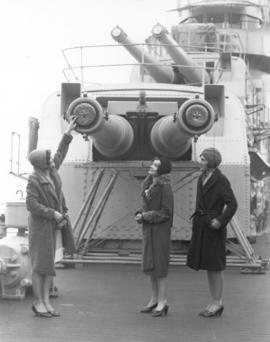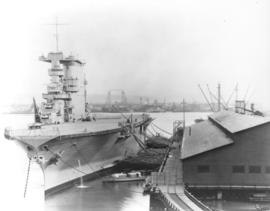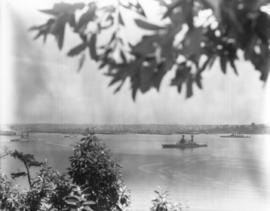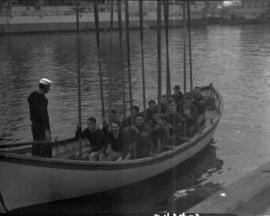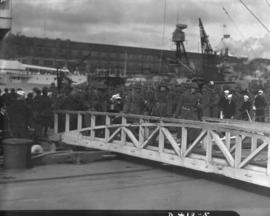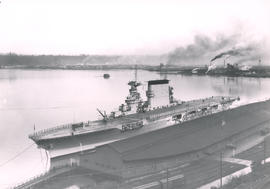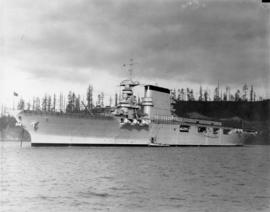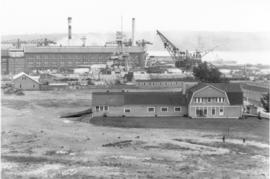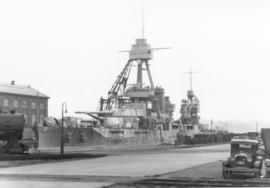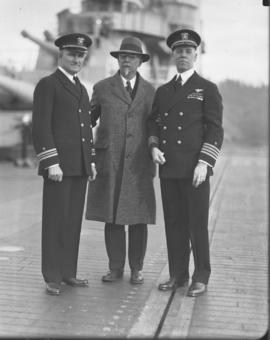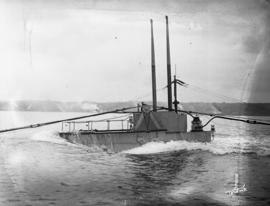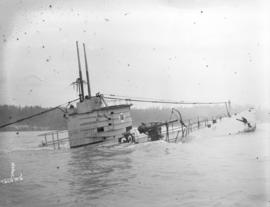- Item
- 1929
Part of General Photograph Collection
ca. 1929. U.S.S. Lexington, aircraft carrier, who came to the aid of the City of Tacoma and provided electricity from mid-December, 1929, to mid-January, 1930. The ship was berthed at the Puget Sound Naval Shipyard in Bremerton with Capt. Frank D. Berrien in command. The fourth Navy ship to bear that name, she had been built by the Fore River Shipbuilding Corporation of Quincy, Mass. Her overall length was 888 feet and she had four turbo-generators. TPL-1937
U.S.S. Lexington (United States Navy); Aircraft carriers--United States;
